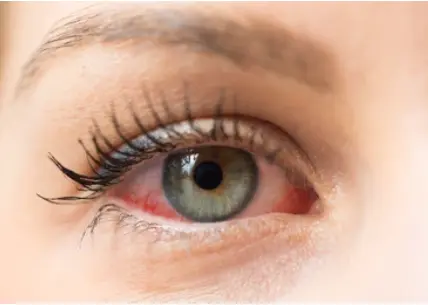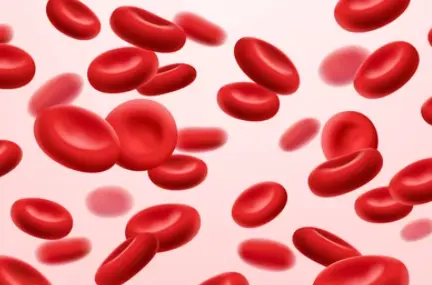 Welcome
Welcome
“May all be happy, may all be healed, may all be at peace and may no one ever suffer."
- A
- B
- C
- D
- E
- F
- G
- H
- I
- J
- K
- L
- M
- N
- O
- P
- Q
- R
- S
- T
- U
- V
- W
- X
- Y
- Z
Amenorrhoea - Generics
Amenorrhoea, also spelled as amenorrhea, is a medical condition characterized by the absence of menstrual periods in women of reproductive age. The condition may be classified into two types, primary and secondary amenorrhoea.
Primary amenorrhoea is the absence of menstruation by the age of 16, despite having normal secondary sexual characteristics like breast development and pubic hair growth. Secondary amenorrhoea is the cessation of menstrual periods for three consecutive cycles or more in a woman who previously had regular menstrual cycles.
Causes of amenorrhoea vary depending on the type, and include:
- Primary amenorrhoea:
- Congenital abnormalities of the reproductive system, such as absence or underdevelopment of the uterus or ovaries
- Chromosomal abnormalities, such as Turner syndrome
- Hormonal imbalances, such as polycystic ovary syndrome (PCOS) or hypothalamic-pituitary dysfunction
- Chronic illnesses or conditions that affect the reproductive system, such as sickle cell disease or cystic fibrosis
- Secondary amenorrhoea:
- Pregnancy
- Breastfeeding
- Menopause
- Contraceptive use
- Hormonal imbalances, such as thyroid dysfunction or PCOS
- Emotional or physical stress
- Excessive exercise or low body weight
- Chronic illnesses or conditions that affect the reproductive system, such as Asherman's syndrome or premature ovarian failure
The symptoms of amenorrhoea may include:
- Absence of menstrual periods
- Infertility
- Reduced libido
- Vaginal dryness
- Breast discharge
The treatment of amenorrhoea depends on the underlying cause. For primary amenorrhoea, treatment may involve correcting any underlying anatomical abnormalities or hormonal imbalances. In the case of secondary amenorrhoea, treatment may involve discontinuing certain medications, treating any underlying medical conditions, or hormonal therapy.
In some cases, lifestyle modifications such as weight gain or reduction of exercise may be recommended. For women who desire pregnancy, fertility treatments such as ovulation induction or in vitro fertilization (IVF) may be an option.
It is important to seek medical attention if one experiences amenorrhoea, as it may indicate an underlying health condition. Regular gynecological checkups are recommended for early detection and treatment of any reproductive health issues.

Cycloplegia

Spinal automatism and dis...

Furunculosis

Carbon monoxide poisoning

Iron overload

Opioid-induced depression

Hand Sanitizer

Balantidiasis
Amenorrhoea, অ্যামেনোরিয়া
To be happy, beautiful, healthy, wealthy, hale and long-lived stay with DM3S.